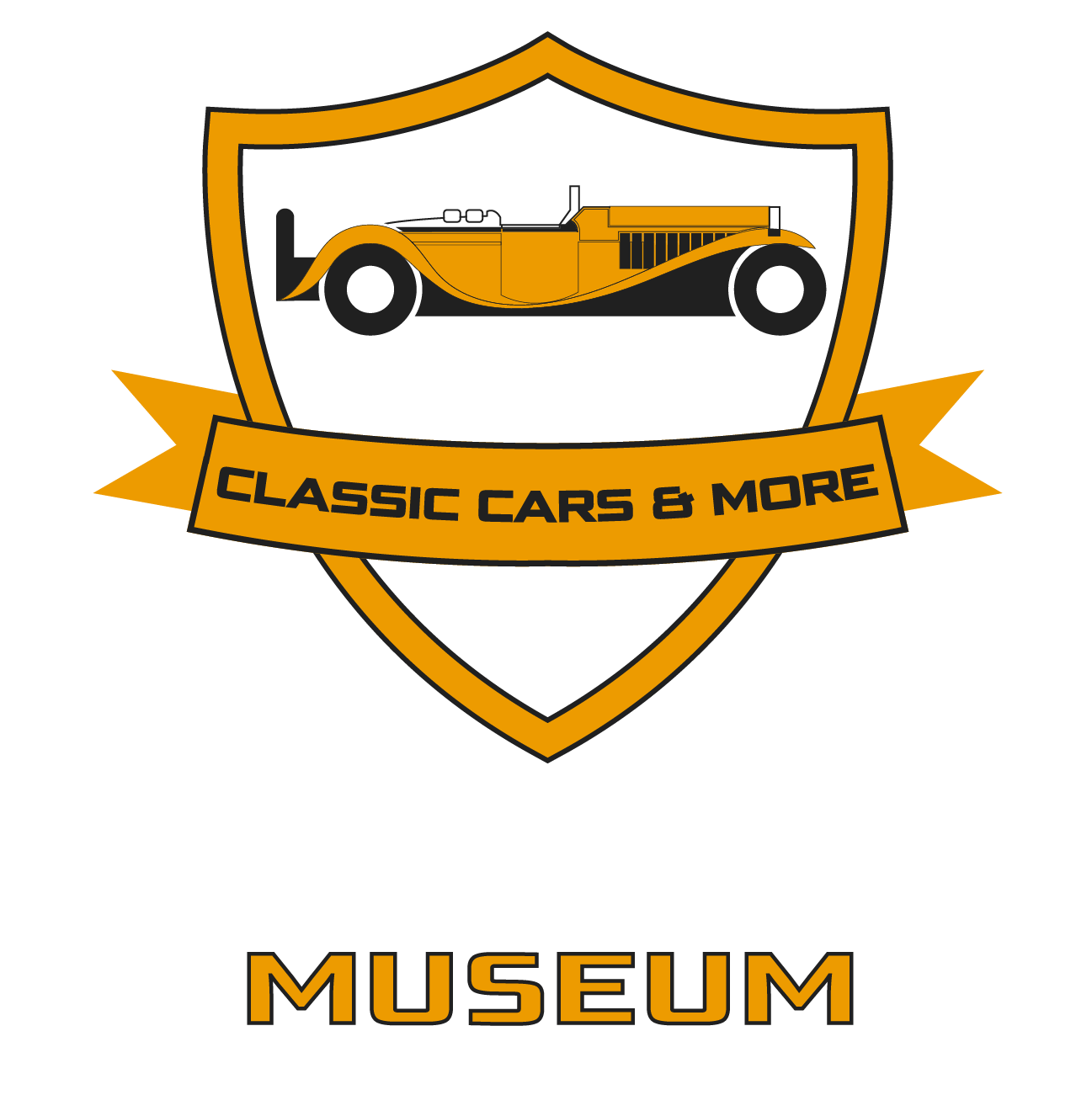FORD RS200
The „killer” Ford RS200
Do you like British car specialties? You can see vehicles that are almost nowhere else in the country! All this in the middle of the capital? Come visit us, where 2000 square meters of cars and motorcycles are waiting for you to see. We look forward to welcoming you to the 365 Oldtimer Museum at Kolosy tér, from 10 a.m. to 7 p.m. at our latest British themed exhibition.
The Ford RS200 is a mid-engined, all-wheel drive sports car produced by Ford Motorsport in Boreham, United Kingdom between 1984 and 1986. The road-going RS200 was the basis for Ford’s Group B rally car and was designed to meet FIA homologation rules. The story began in 1982, when the FIA published the rules for Group B in the rally. With the introduction of the lenient homologation rules, the manufacturers were given a free hand in terms of the construction of the car, the materials used, and also in terms of performance. Manufacturers slowly discovered the almost complete absence of restrictions and built incredible racing machines. They pushed the very limits of construction technology and performance, which directly increased the danger of the category. The performance and racing pace of the cars has literally become a mortal danger. It was first presented to the public at the Belfast Motor Show.
Group B was introduced by the FIA in 1982, replacing Gruppe 4 (which was a modified touring car class) and Gruppe 5 (prototype touring cars).
With the creation of the category, the International Automobile Association targeted car manufacturers, an open competition could begin with a huge media response, while participation did not require an existing mass-produced model. Group B regulations, in contrast to A, only contained some restrictions regarding technology, design and technical parameters, but it was enough to produce two hundred cars within 12 months to obtain homologation. The factories didn’t have to worry much about licensing for the improved versions either, they only had to make twenty of them. In order to be able to use such models in competitions, the regulations of Group A had to be taken into account during the conversion. In the case of supercharged engines, the corrected cylinder capacity was calculated with a multiplier of 1.4, the category was divided into additional machine classes according to cylinder capacity, for which, for example, different regulations regarding the minimum weight were valid. The manufacturers usually handled the homologation process the other way around: first they made the racing car, then they produced the minimum number of units required for approval. The cars dominating the category were characterized by a cross-linked tubular frame and a supercharged engine installed in the middle (the Audi Quattro was an exception to this with its self-supporting body and nose engine). The brake system and the chassis design were optional, most of them used a double wishbone suspension. Group B proved to be a great concept in the beginning, several manufacturers joined the World Rally Championship, and the viewership of the series kept growing. However, the costs increased by leaps and bounds as the developments increased, which was increasingly difficult for the manufacturers to bear. The cars, which could be two-seater compared to the other categories coming into force at the time, were relatively small, had a dead weight of less than one ton, and the engineers could use high-tech materials. No restrictions were imposed on the turbo pressure, so from the initial 250 horsepower, by 1986 the engines reached 500, and in some cases 600 horsepower, so this parameter doubled in a couple of years. The drastic increase in performance resulted in tragic accidents. After the 1986 Corsica Rally, no further homologation was allowed, but from then on the cars had to be fitted with automatic fire extinguishers. Group B was abolished at the end of the season and replaced by Group A.
Group B was disbanded in 1986 as a result of a series of tragedies and problematic events. By the mid-1980s, Group B cars had become almost unmanageable in the world of rallying. The brutal performance of the cars, which could easily reach 500+ horsepower, made racing in the woods or on mountain roads particularly dangerous. The competitors had to fight not only with their speed, but also with the controllability of the cars.
In 1986, two major accidents in which the Belgian Henri Toivonen and the British Sergio Cresto lost their lives finally reached the point where the leaders of the sport could no longer stand idly by the dangerous situation. The world of rallying and the safety of competitions have become increasingly unsustainable not only for the competitors, but also for the spectators. Following the events, the FIA, the international motorsport federation, decided to end the era of Group B. In addition, the Group B competitions involved huge costs. Manufacturers and teams dug themselves deeper and deeper into the financial hole as the cars went through improvements that were beyond the reach of the average motorist. As a result of all this, the FIA decided to represent a new direction and introduce the Group A rules, which imposed stricter technical regulations, reducing costs and increasing safety. With the elimination of Group B, the rally sport started in a new, cleaner, safer direction, and the sport slowly began to find its roots. (Written by :György Dési)
Subscribe to our newsletter
Provide your e-mail address and click the button below to receive special deals and premium offers




